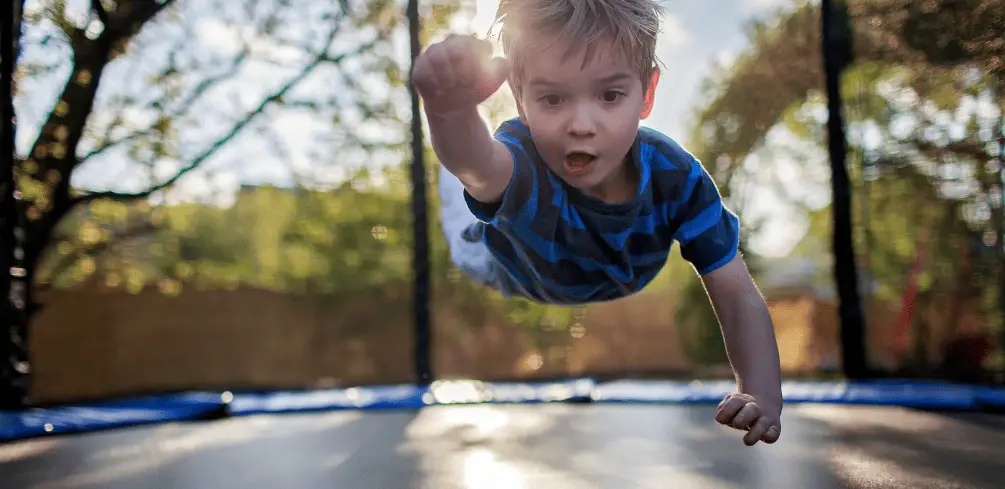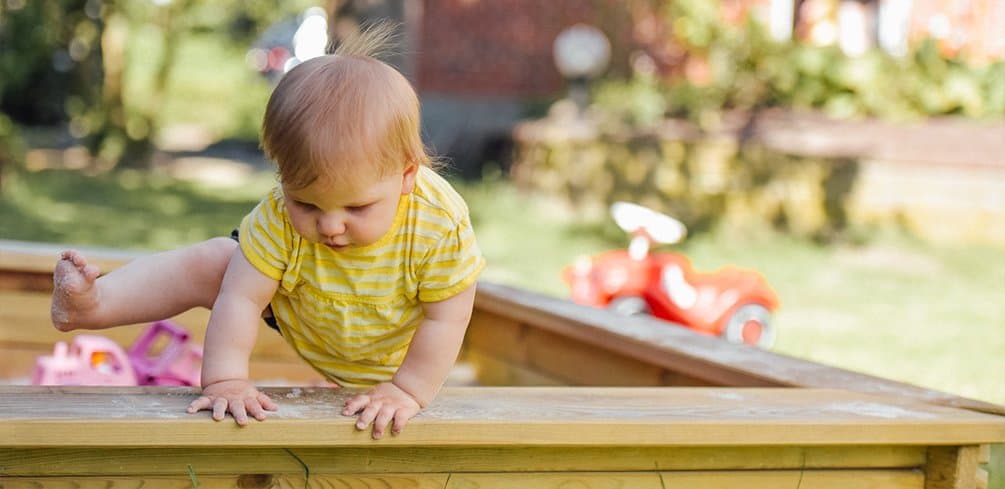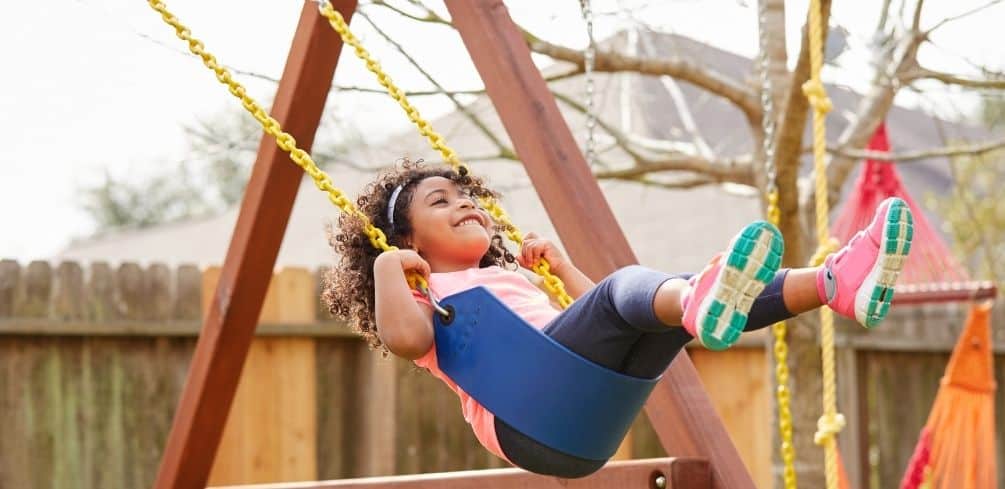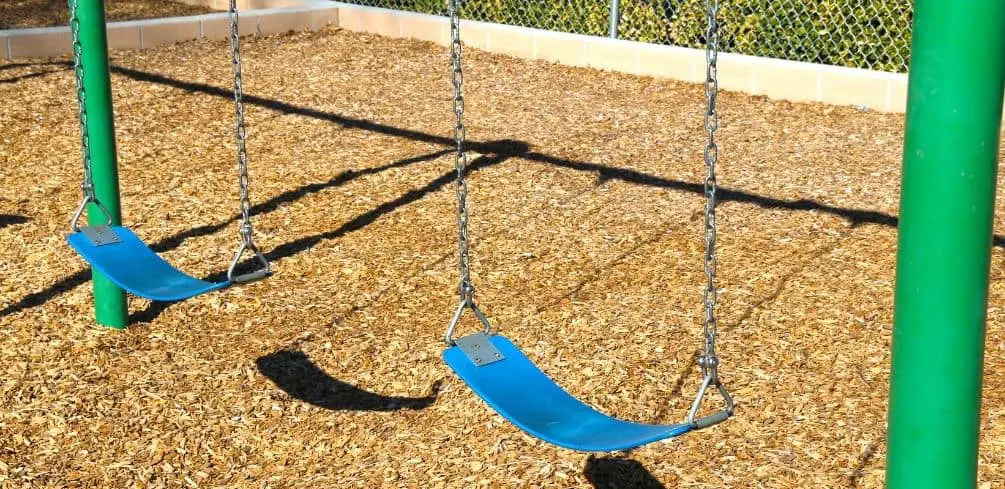Hey there, parents! If you’re reading this article, you’re probably wondering whether or not trampolines are safe for your little ones.
As a child safety advocate and a parent myself during toddler time, I understand the importance of ensuring our children’s safety at all times.
And when it comes to trampolines, it’s important to recognize that they can be dangerous, especially for toddlers. While trampolines are a fun way to get some exercise and spend time outdoors with your family, they can also pose serious risks to your child’s safety.
In fact, the American Academy of Pediatrics (AAP) advises against the use of trampolines in homes or playgrounds due to the high number of injuries reported each year.
So if you have a toddler who loves bouncing around, read on to find out why trampolines may not be the best choice for them.
The Risks Of Trampolines For Young Children
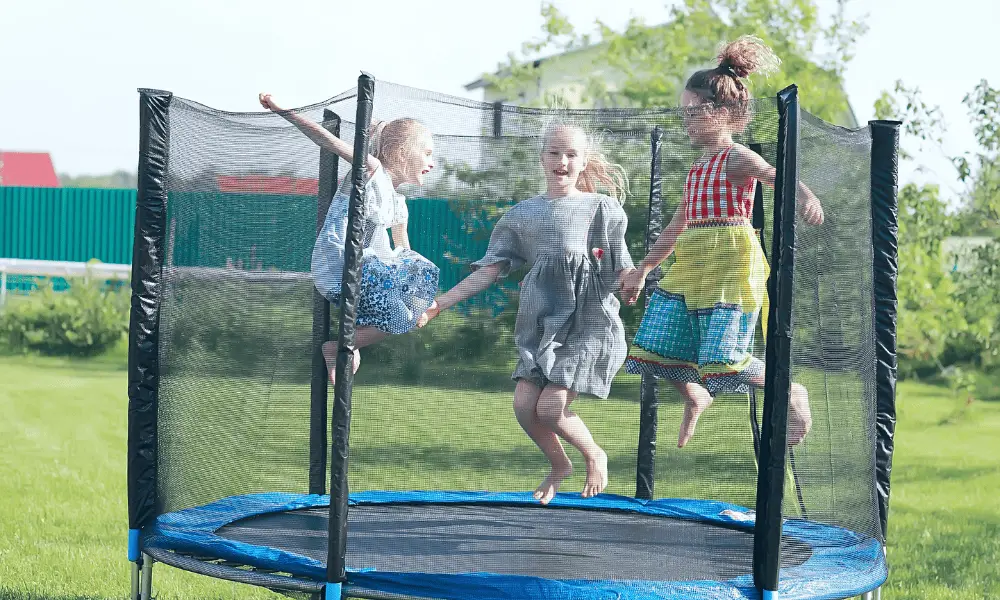
As a parent, it’s natural to want your child to have fun and enjoy new experiences. However, when it comes to trampolines, caution should be exercised, especially among other parents with young children.
Trampolines can be a source of entertainment, but they also pose serious risks for toddlers. Common trampoline injuries include broken bones, sprains, and cuts. Toddlers are particularly vulnerable as they are still developing their coordination and balance skills.
Indoor trampoline parks may seem like a controlled environment, but accidents can still happen. According to the American Academy of Pediatrics, trampoline-related injuries in children under 6 years old are increasing each year.
It’s essential that parents understand the risks and take steps to prevent injury when allowing their children on trampolines.
It’s important to note that while some may argue that proper supervision can prevent these types of incidents from occurring, this is not always the case. Even with supervision, accidents can happen in an instant.
Therefore, it’s crucial that parents weigh the potential risks against the benefits before deciding whether or not to allow their toddlers on trampolines. Protecting our little ones should always come first.
Common Trampoline Injuries In Toddlers
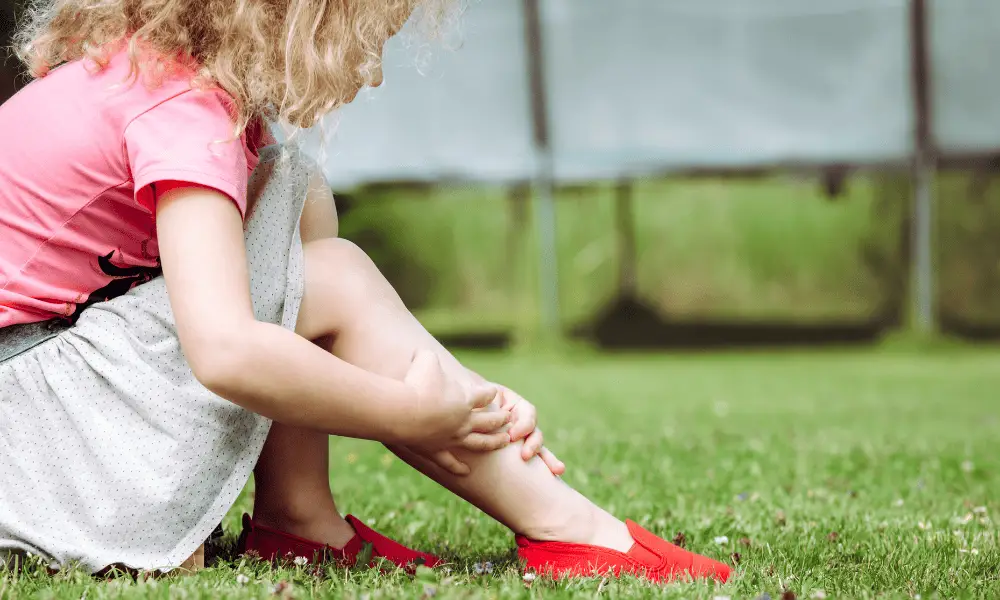
As a parent, I know how difficult it can be to keep your toddler entertained and engaged.
However, using outdoor trampolines as a source of fun for young children is not the best idea. In fact, it can be downright dangerous.
The risks associated with trampolines for toddlers are real, and as a pediatric orthopedic surgeon, I have seen too many cases of common injuries resulting from trampoline use.
Some of the most common injuries in toddlers involving trampolines include broken bones, sprains, and strains. These injuries can occur when a child falls off the trampoline or lands awkwardly after jumping.
Here are four examples of the most frequently seen injuries seen by pediatric orthopedic surgeons:
Even indoor trampoline parks, which may seem like a safer option, can cause a trampoline accident due to their enclosed nature and can still result in serious injuries for young children.
It’s important to remember that while trampolines may seem like a fun activity for your little ones, the potential dangers outweigh any perceived benefits.
Safety Tips For Using Trampolines With Toddlers
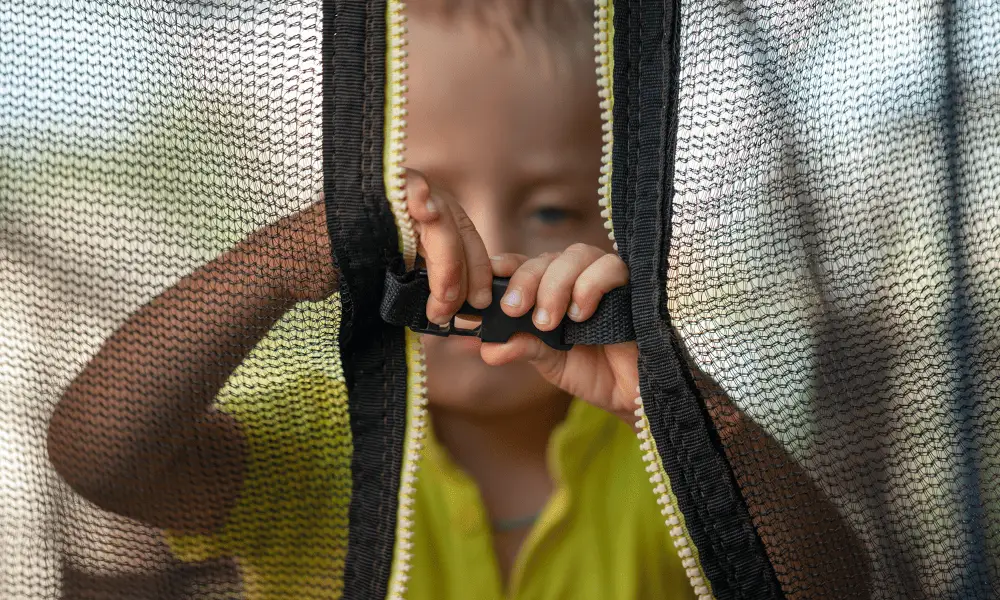
When it comes to trampolines and toddlers, safety should always be a top priority. Injuries can occur easily if proper supervision and precautions are not taken.
However, with the right safety tips in place, trampolines can still be a fun and enjoyable activity for your little ones.
Firstly, it is important to always have proper supervision when your toddler is using a trampoline. This means ensuring that an adult is present at all times and actively watching the child jump.
Additionally, no more than one child should be allowed on the trampoline at a time to prevent collisions or accidents. It’s also recommended to invest in a safety net enclosure further to reduce the risk of falls or other serious injuries occur.
By taking these precautions, you can help minimize the chances of any accidents occurring while your toddler enjoys their time bouncing around on the trampoline!
Alternative Activities For Toddlers Instead Of Trampolines
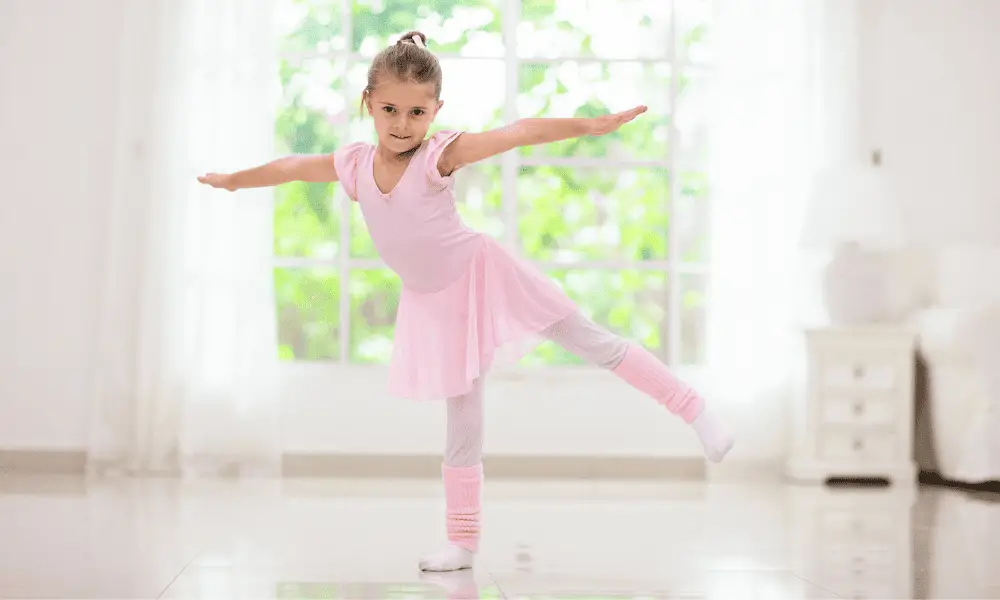
Now that we’ve discussed some safety tips for using trampolines with toddlers, it’s important to remember that there are still risks involved. Injuries can and do happen, even when all precautions are taken.
So what can we do instead of using trampolines with our little ones?
Luckily, there are plenty of alternative activities that can provide just as much fun and excitement without the safety concerns.
For example, taking a nature walk or going on a scavenger hunt in your backyard can be a great way to get some exercise while exploring the outdoors.
Other ideas include playing games like tag or hide-and-seek, doing arts and crafts projects together, or even just reading books and singing songs. By choosing these safer options, we can ensure that our toddlers stay happy and healthy while also prioritizing their safety.
Age Restrictions For Trampolines And Mini Trampolines
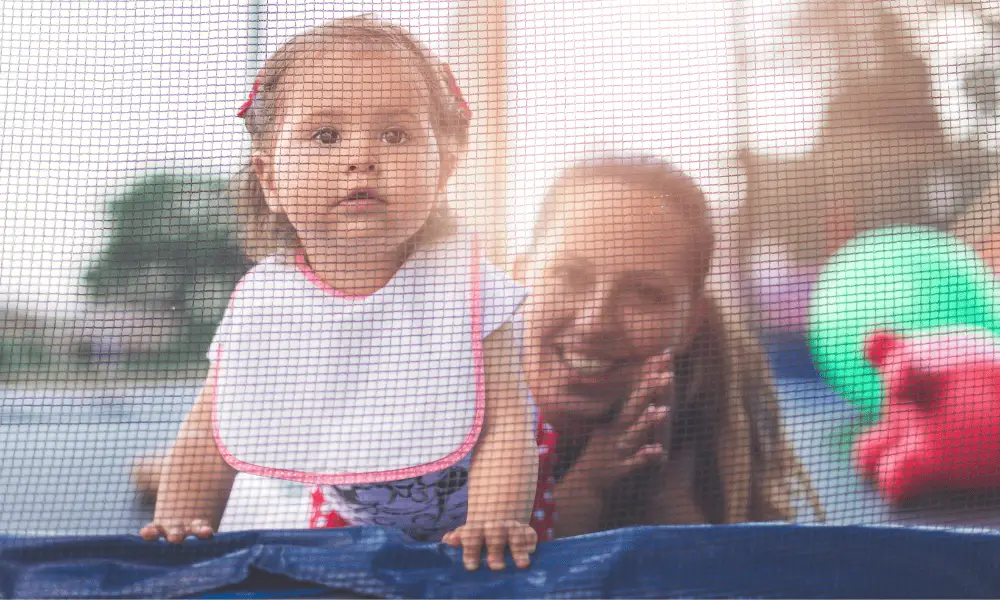
When it comes to trampolines and toddlers, there are some important considerations to keep in mind.
While trampolines can be a fun way for kids to get exercise and burn off energy, they can also be dangerous for young children. In fact, many experts recommend against allowing toddlers to use trampolines or mini trampolines altogether.
One of the main reasons for this is that toddlers are more likely to suffer from the most common trampoline injuries like broken bones, head injuries, and sprains.
Their bodies are still developing and aren’t as equipped to handle the impact of jumping on a trampoline as younger children.
Additionally, young children may not have the coordination or balance necessary to safely use a trampoline without risking injury.
That’s why age restrictions for trampolines are so important – by waiting until your child is older, you can help ensure that they’re better able to handle the physical demands of jumping on a trampoline without getting hurt.
- Children under the age of 6 should not use trampolines at all.
- Only one child should be on the trampoline at a time.
- Always supervise children when they are using the trampoline.
- Make sure the trampoline is properly assembled and maintained.
- Have safety equipment such as nets and pads in place.
The Importance Of Supervision When Using Trampolines With Toddlers

As a parent, I understand the appeal of trampolines for toddlers. They provide endless entertainment and a fun way for kids to burn off energy.
However, it’s important to remember that trampolines can also be incredibly dangerous for young children.
In fact, according to the American Academy of Pediatrics, children under six years old are at the highest risk for trampoline-related injuries. This is why supervision is absolutely crucial when it comes to allowing toddlers on trampolines.
Even if you have a safety net or other precautions in place, accidents can still happen. By keeping a watchful eye on your child while they’re bouncing around, you can quickly address any potential issues and prevent serious injuries.
Don’t take any chances when it comes to your child’s safety – always supervise them closely when using trampolines.
Conclusion
In conclusion, trampolines may seem like a fun activity for toddlers, but they can pose serious risks to their safety. As a parent or caregiver, it is important to be aware of the common injuries associated with trampoline use and take appropriate precautions to ensure your child’s safety on a trampoline surface.
Remember, prevention is key when it comes to keeping our little ones safe. As the saying goes, ‘An ounce of prevention is worth a pound of cure.’
So instead of risking your toddler’s safety on a trampoline, consider alternative activities such as playing with balls or going for a walk in the park. Your child’s safety should always come first, so let’s make sure we are taking every measure possible to keep them out of harm’s way.

